Discover 11 hidden attractions, cool sights, and unusual things to do in Zamora (Spain). Don't miss out on these must-see attractions: Zamora Cathedral, Castillo de Zamora, and Church of María Magdalena. Also, be sure to include Gate of Doña Urraca in your itinerary.
Below, you can find the list of the most amazing places you should visit in Zamora (Castile and León).
Table of Contents
Zamora Cathedral
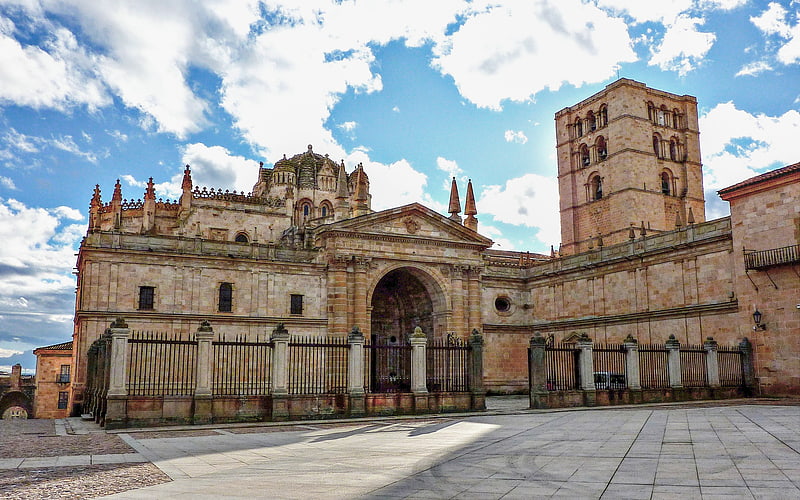
Also known as: Catedral de Zamora
Cathedral. The Cathedral of Zamora is a Catholic cathedral in Zamora, in Castile and León, Spain, located above the right bank of the Duero It remains surrounded by its old walls and gates.
Built between 1151 and 1174, it is one of the finest examples of Spanish Romanesque architecture.[1]
Address: Plaza la Catedral, 1, 49001 Zamora
Castillo de Zamora

Fortress in Zamora, Spain. The Castle of Zamora is a Middle Ages fortress in Zamora, Spain. It stands northwest of the city's Cathedral.
It features Pre-Roman foundations and a Romanesque general structure. It was built between the 10th and 12th centuries. It stands northwest of the Cathedral, with magnificent views of the town and the river from the keep.[2]
Address: 2 km from Center, Zamora
Church of María Magdalena
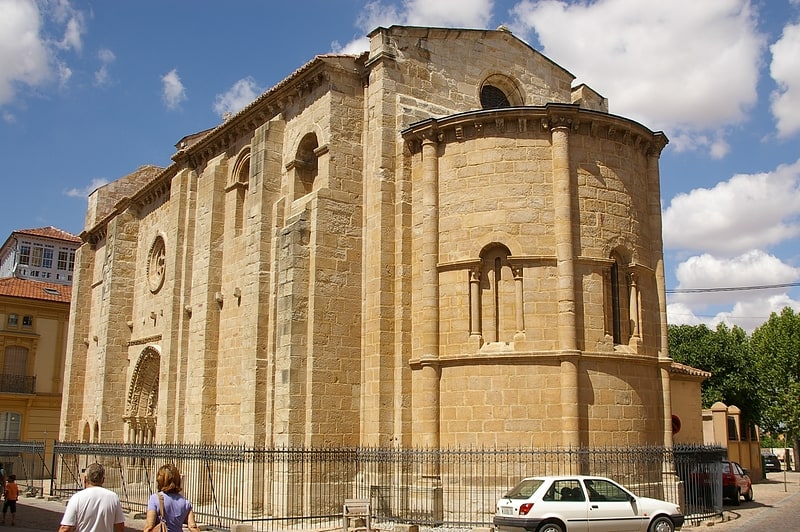
Also known as: Iglesia de Santa María Magdalena
Church in Zamora, Spain. The Santa María Magdalena de Zamora is a church located in Zamora, Spain.
Built in the 12th century, La Magdalena is a small Romanesque church of the Knights Templar. At their suppression, it was given to the Venerable Order of Saint John. The exterior features a deeply recessed south entrance, with circular arches and shafts, as well as ornate Romanesque work. The rose window, formed with small columns, is similar to the Temple Church in London. The interior includes canopied tombs dating to the 13th century, supported by spiral and fluted shafts. Against the north wall, there is a tomb under a canopy supported by three shafts. The sepulchre itself is plain, carved with a cross; the effigy of its occupant is carved, as if lying on a bed, out of a bold block of stone, and inserted in the wall; above this is the soul (in the shape of a head with wings) supported by angels.[3]
Address: Rua de los Francos, Zamora
Gate of Doña Urraca

Also known as: Puerta de Doña Urraca
Monument in Zamora, Spain. The Gate of Doña Urraca is a gate which gives access to the walled city of Zamora, Spain. It is named after the historical figure Urraca of Zamora.
The medieval structure has been given the heritage listing Bien de Interés Cultural, and has been protected since 1874.[4]
Plaza Mayor
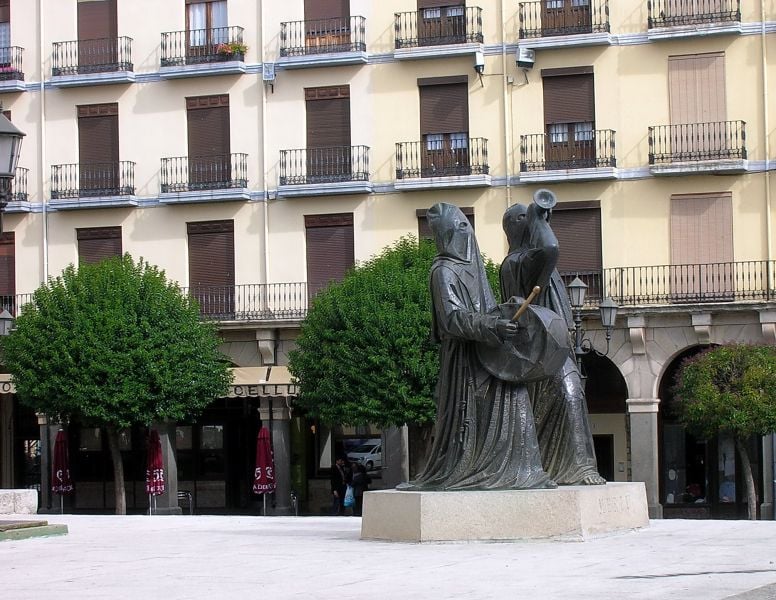
Relax in park, Park
Address: Calle Renova, 1, 49002 Zamora
Teatro Ramos Carrión

The Ramos Carrión theatre is a building with theatre functions located in Zamora. The modernist style building is the work of the architect Francisco Ferriol. A competition of ideas began in 1996 with the aim of completely renovating the building, with the intention of creating a cultural space. The works, which were completed in 2011, maintain the entrance body. The building was built in honor of the Zamora humorist Miguel Ramos Carrión who was born in a house located right in front of the theater.
Address: Calle Ramos Carrion 17, 49001 Zamora
Museo Etnográfico de Castilla y León
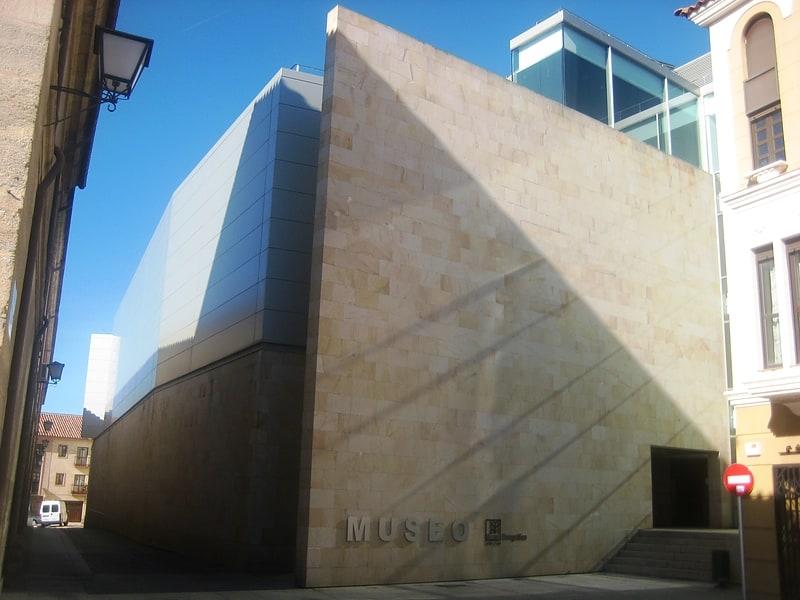
The Ethnographic Museum of Castile and León, located in the city of Zamora, is one of the four that make up the Network of Regional Museums of Castile and León, along with the Museum of Iron, Steel and Mining of Castile and León, located in Sabero, the Museum of Contemporary Art of Castile and León, in León capital, and the Museum of Human Evolution, based in Burgos.
The building was built especially to be the headquarters of an ethnographic museum with regional character where there is room for research, conservation and dissemination of traditional culture of this autonomous community.
Address: Calle Sacramento, s/n, 49001 Zamora
Church of San Juan Bautista

The church of San Juan Bautista is a Romanesque church located in Zamora, Castilla y León. It is located on one side of the Plaza Mayor. The name San Juan is due to San Juan Bautista and the Puerta Nueva was a doorway when the neighbouring wall passed close to the square. It dates from the middle of the 12th century. In 1961 it was approved as a Historic Monument. In one of its corners, already on the outside, you can find a modern statue dedicated to the Merlú, a work that was erected in 1996 by the sculptor Antonio Pedrero Yéboles from Zamora.
Address: Plaza Mayor, 0, 49004 Zamora
Puente de Piedra

The Stone Bridge of Zamora is one of the five bridges that cross the Duero River as it passes through the capital of the homonymous province. For centuries it was the only passage of the river in the city, communicating the neighborhoods of the suburbs with the historic center of the city. It is currently a link between Avenida de Vigo and Plaza de Belén. Due to its location on the Vía de la Plata, it was an important crossing point of the Duero River for people, goods and transhumant herds. Its construction was completed at the beginning of the 13th century, and subsequently renovated on several occasions, it is now one of the most representative symbols of the city. In interventions carried out at the beginning of the 20th century, many ornamental elements of the bridge were radically modified, the two existing towers on both sides of the entrance of the bridge were eliminated, in order to make it more accessible to the growing road traffic. A large part of the ornaments and decorations of the bridge disappeared in this profound reform. All that remains of the original stone material are the vaults of the major arches and the piers, although these were thoroughly retouched. The bridge is part of the Jacobean Silver Route, historically part of the Roman road called Iter ab Emerita Asturicam of the Itinerary of Antony. During later centuries it was an important crossing point of the Duero River for people, goods and transhumant herds. The opening in 2013 of the so-called bridge of the Poets made it become a pedestrian bridge.
Iglesia de San Cipriano
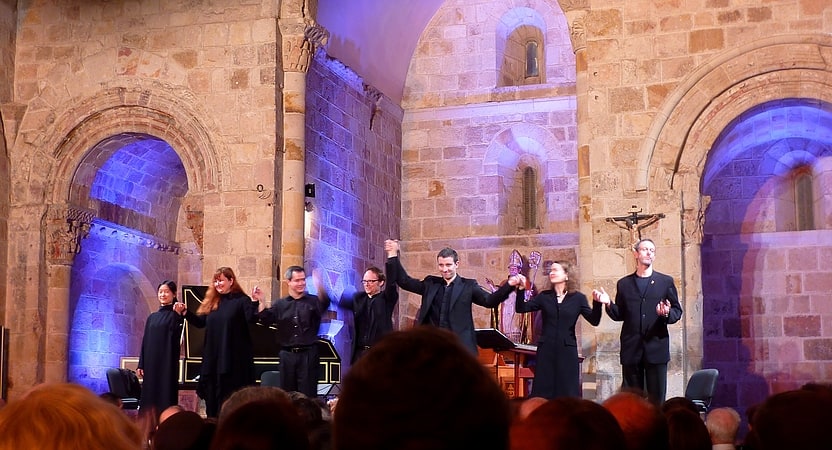
The church of San Cipriano is a Romanesque church located in Zamora, Castilla y León. The original church dates from the 11th century, although its complete restoration and rehabilitation was carried out at the end of the 20th century, reaching this temple at the beginning of the 21st century with an eclectic appearance. It is one of the oldest temples in the city. It was built with three naves, of which only one exists today. Of the two original façades, only the southern one is preserved. The church has a tower, attached to its southwest corner. It has been a National Monument since 1931 and has been closed for worship. Nowadays it is the stage for the concerts of the International Music Festival "Pórtico de Zamora".
Address: Plaza San Cipriano, 7, 49001 Zamora
Palacio de Los Momos
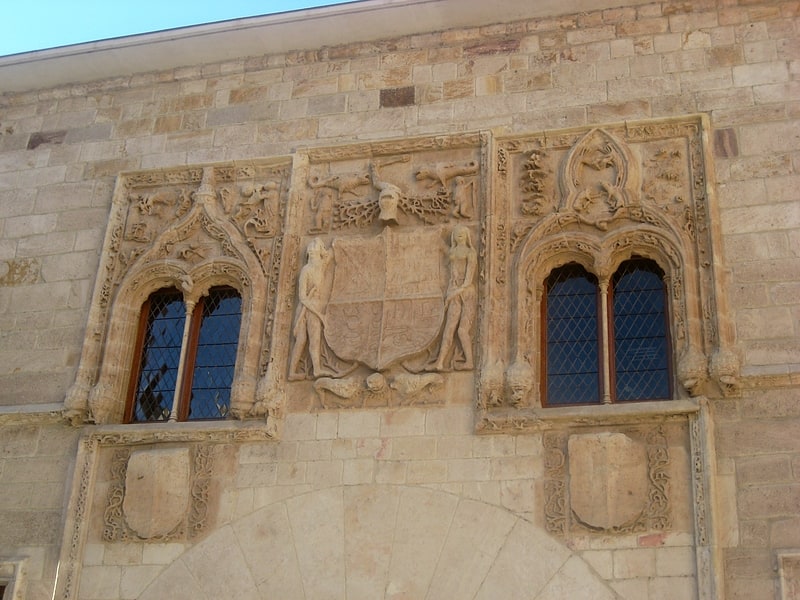
The Momos Palace in the city of Zamora, Spain, is a Renaissance building, although profusely decorated with elements still typical of Elizabethan Gothic, such as shields, balls, chains or floral, zoomorphic and human motifs. Its façade was declared a National Monument on November 14, 1922.
Address: Calle San Torcuato, 7, 49008 Zamora